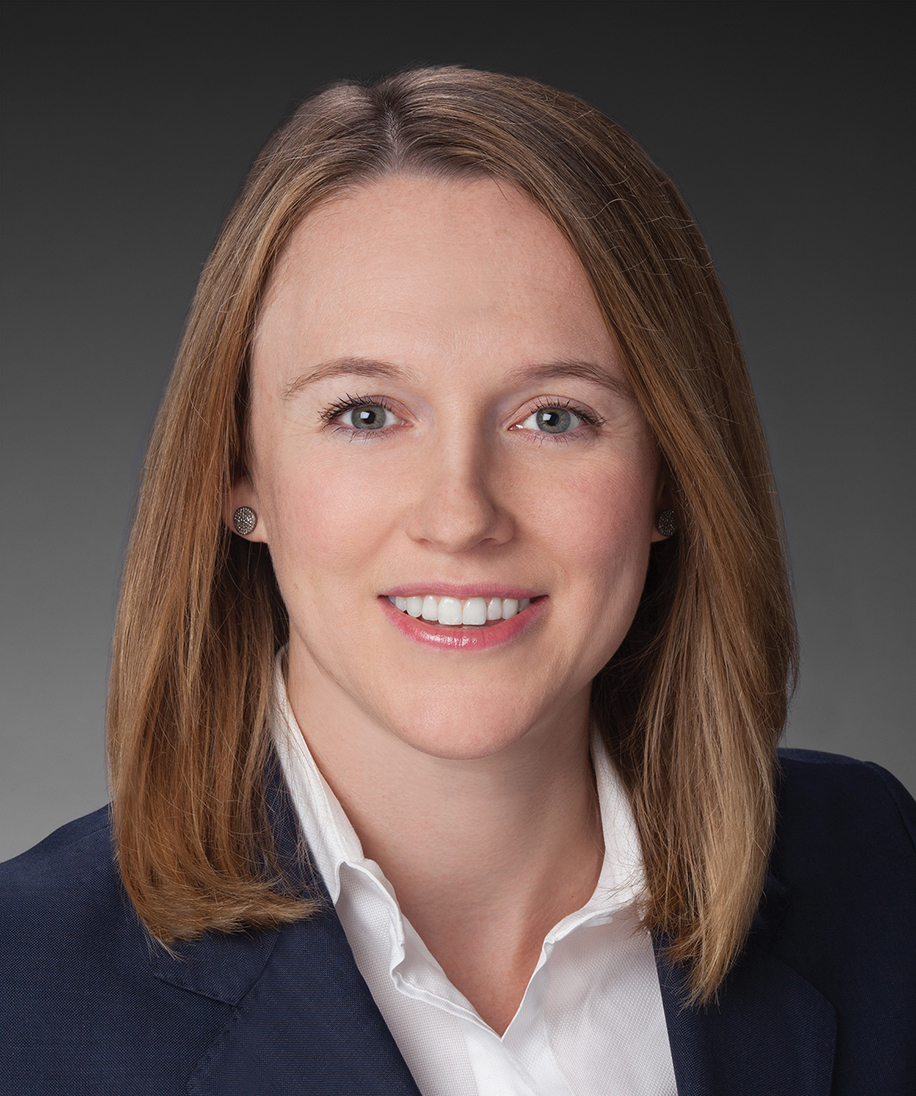Client Alert
EEOC Issues Final Regulation on Pregnant Workers Fairness Act
May 07, 2024
By Sara B. Tomezsko,Felicia A. Davisand Allison Talker
All employers should take note of the U.S. Equal Opportunity Commission’s (“EEOC”) final rule and interpretative guidance regarding the Pregnant Workers Fairness Act (“PWFA”), recently issued on April 19, 2024. Effective last year (June 2023), and covered in our prior Client Alert announcing the proposed rule, the PWFA requires covered employers to provide reasonable accommodations to a qualified worker’s known limitations related to, affected by, or arising out of pregnancy, childbirth, or related medical conditions, unless the accommodation will cause the employer an undue hardship. The final rule will take effect on June 18, 2024, and offers guidance on potential accommodations and the expansive conditions potentially covered by the PWFA.
Some takeaways from the final rule include:
- The EEOC retained its expansive reading of “pregnancy, childbirth, or related medical conditions” to include current pregnancy, past pregnancy, potential pregnancy, lactation (including breastfeeding and pumping), use of contraception, menstruation, infertility and fertility treatments, endometriosis, miscarriage, stillbirth, or having or choosing not to have an abortion, among other conditions. One of the most controversial aspects of the PWFA was the inclusion of abortion in the definition of “related medical conditions.” Abortion remains in the final rule, despite commentators suggesting it is too expansive. On April 25, 2024, a coalition of 17 Republican state attorneys general sued the EEOC over the PWFA, arguing that a law encompassing abortion‑related workplace accommodations is unconstitutional. We are monitoring the suit as it progresses.
- The EEOC clarified that the PWFA’s use of the phrase “related medical conditions” can include not only new physical and mental conditions originating during pregnancy, but also pre‑existing conditions that are exacerbated by pregnancy or childbirth.
- The EEOC confirmed that under the PWFA, the physical or mental condition for which an employee or applicant requests an accommodation can be minor or episodic, and there is no requirement that conditions rise to a specific severity threshold. The final rule states that the PWFA is intended to cover conditions that do not rise to the level of disability as that term is applied in the ADA context, stating that “an employee need not have an impairment that substantially limits a major life activity to be entitled to a reasonable accommodation . . . .”
- The EEOC rejected the ADA’s approach to supporting documentation, instead advising that the accommodations process should be interactive, with “simple exchanges of information between employees and employers.” As a result, an employer may obtain medical documentation only if it is reasonable under the circumstances to determine if the employee has a qualifying condition and needs an adjustment or change at work due to the limitation.
- The final rule clarifies that the EEOC does not consider it reasonable to seek supporting documentation when an employee seeks a reasonable accommodation “regarding lactation or pumping.”
- Under the final rule, the EEOC added “union representative” to the category of representatives who may seek an accommodation on an employee’s behalf.
- The final rule confirms the EEOC’s belief that certain accommodations will generally not impose an undue hardship, and should be granted in virtually all situations. These “predictable assessments” include:
- Allowing an employee to carry or keep water and drink, as needed, in or nearby the employee’s work area;
- Allowing an employee to take additional restroom breaks, as needed;
- Allowing an employee whose work requires standing to sit, and vice versa, as needed; and
- Allowing an employee to take breaks, as needed, to eat and drink.
- The PWFA provides that an employee or applicant can be “qualified” for the role even if they cannot perform one or more essential functions of the job, especially if (1) the inability to perform the essential function(s) is “temporary,” (2) the employee could perform the essential function(s) “in the near future,” and (3) the inability to perform the essential function(s) can be reasonably accommodated.
- The final rule defines “temporary” as lasting for a limited time, not permanent, and may extend beyond “in the near future” (i.e., “generally forty weeks from the start of the temporary suspension of an essential function”).
- If the employee is pregnant, there is an assumption that they could perform the essential functions within generally 40 weeks of the temporary suspension. In all other situations, whether the employee could perform the essential function(s) “in the near future” should be determined on a case‑by‑case basis.
Next Steps
- Employers should update any accommodations policies and handbooks to account for the PWFA, as well as train Human Resources personnel, benefits specialists, and managers to recognize and handle accommodation requests.
- Moreover, employers must be aware of the interplay between the PWFA and applicable state and local law.
- For instance, the California Pregnancy Disability Leave Law (PDL) imposes similar accommodation obligations, but does not specifically cover the broad definition of “pregnancy, childbirth, or related medical conditions” covered by the PWFA. The PDL also permits employers to obtain medical documentation in support of requests for leave and/or reasonable workplace accommodations, which generally is prohibited by the PWFA. California employers should update their PDL policies to ensure compliance with the PWFA.
- In New York, employers subject to the New York State Paid Sick and Safe Leave Law will be required to offer pregnant employees up to 20 hours of paid time off for doctor appointments, medical procedures, or other types of prenatal care, to be used in hourly increments starting January 1, 2025. Interpretive guidance from the New York Department of Labor is forthcoming.
- When faced with unique accommodation requests, employers can review the examples and hypothetical situations in the final rule, or reach out to us.
Contributors


